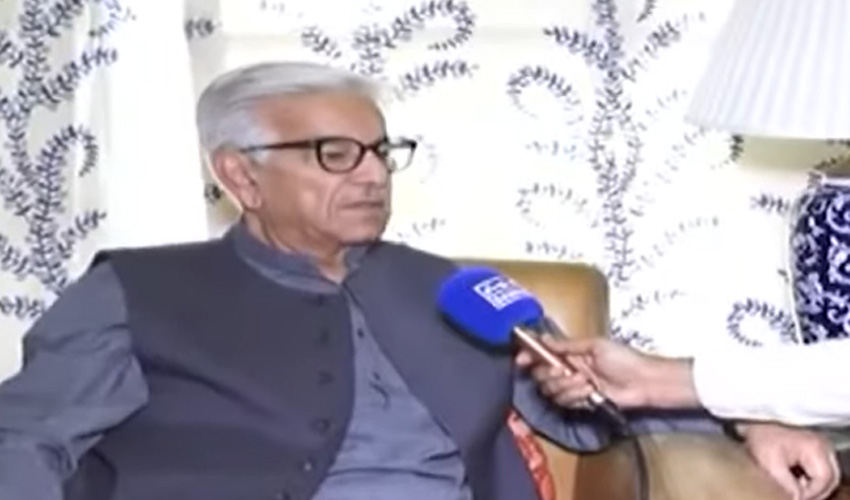April 22, a normal day in Pahalgam, Kashmir. Tourists were walking around, chatting, eating and taking pictures. Among them were a newlywed Navy officer and an IB official. Suddenly, gunmen opened fire – killing 26 and injuring 17 – the deadliest attack on civilians in the region since 2000.
According to sources, some tourists were shot at the eateries located in the meadow, while some were taken to the forests and shot there. No one knew that the day would end in tragedy. Amid the grief, fake news and hate narratives are spreading fast.
In the hours following the attack, claims flooded social media alleging that the attackers asked for victims’ religion before pulling the trigger – shooting only Hindus. No official investigation has yet verified these claims. So the question here is why is the religion angle louder?
The incident demands far more than silence, sentiment, or selective outrage. It demands questions. Not just from the government, but from the people.
While communal violence has long been a tool for political distraction, the timing and language of these reports appear designed to fuel hate and bury the bigger issue: a major security lapse.
Fake news divides; hate news distracts, and when that happens, we must ask: Are we being informed? Or are we being played? Truth is patriotism too. This wasn’t across a border, this was deep inside Indian Illegally Occupied Jammu and Kashmir (IIJOK). So how did terrorists plan and execute such an attack in a heavily militarized zone? Where were Indian security forces? Where was ground intelligence? Why are people not asking that? And the most important question is why is the narrative shifting towards religion rather than responsibility?
It is pertinent to mention here that this attack came right as Indian Muslims were protesting against the controversial Waqf Bill. And then there’s Prime Minister Narendra Modi’s travel pattern. On April 23, a day after the attack, he cut short his visit to Saudi Arabia. Flight data confirmed that while his aircraft flew through Pakistani airspace on the way to Riyadh, it rerouted entirely on the way back — entering India via Gujarat and avoiding Pakistan. India’s security establishment cited “threats”.

If threats were so real, why did he take the same path hours earlier? More importantly, why has Modi never rerouted or rushed back during other internal crises like the ethnic clashes in Manipur where dozens have died? Why did Pahalgam warrant this urgency, while other parts of India continue to suffer in silence?
Fuel to the fire

And now, adding fuel to the fire, India has unilaterally suspended the Indus Waters Treaty – a pact that survived three wars. Legal experts call this a breach of international law, since Article 12 of the treaty clearly states it can only be terminated with “mutual consent”.
Geostrategically, this could backfire on India itself — with China holding upper riparian control of the Brahmaputra. If India discards diplomacy, it risks being cornered not just politically, but also hydrologically. And then comes India's irresponsible journalism, as the couple, initially declared dead by several Indian news channels, debunked the false report with a video on social media. Then came "We’re alive — no idea why our photos were used in the media coverage," they said in the viral video.
🚨 Indian media's lies exposed again!
— SAMAA TV (@SAMAATV) April 24, 2025
Victims of #PahalgamAttack shown as "dead" are alive.
Viral video proves Indian couple is safe; and shocked that their photos and videos are being used as a naval officer & wife.
"We're alive. Why are our pictures on the news?" they ask.… pic.twitter.com/87IrYs7ZRI
Clearly a tit-for-tat response
After India declared Pakistan’s three military attachés – naval, air, and land – personae non gratae (unwelcome persons), Pakistan responded in kind by expelling the Indian military attaché.
India announced it would shut the Attari border crossing – Pakistan has now said it will close its side too. Pakistan announced it will close the Wagah border after April 30. It told all Indian citizens, except Sikh pilgrims, to leave within 48 hours. Visas for Indians under the SAARC programme were cancelled. Pakistan also reduced the number of Indian staff in its embassy to 30, suspended all trade with India, and closed its airspace for Indian aircraft.
On the other hand, India had already taken several actions: it summoned Pakistan’s top diplomat, shut down the Attari-Wagah border crossing, suspended the Indus Waters Treaty, and reduced the size of Pakistan’s diplomatic staff in New Delhi. India also cancelled visas given to Pakistani nationals under the SAARC programme.
Consistent pattern of Indian false flag operations
India has a documented history of resorting to ‘false flag operations’ aimed at discrediting Pakistan on the international stage – particularly during high-profile diplomatic events. Each incident has led to downgrading of ties—visa cancellations, treaty suspensions, border closures –and reciprocal expulsions of diplomats.
Pakistan, however, has repeatedly denied state involvement, calling allegations “baseless” and offering cooperation in investigations, yet the cycle of blame has persisted.
Here's a brief timeline:
March 2000 – During U.S. President Bill Clinton’s visit, 36 Sikhs were brutally massacred in Indian-occupied Kashmir. Initial blame was cast on Pakistan, but later evidence revealed Indian forces were behind the attack, orchestrated to malign Pakistan during Clinton’s high-profile visit.
December 2001 – The Indian Parliament was attacked, and Pakistan was blamed without any conclusive evidence. The incident was then used by India to mobilize troops along the border and create a war-like situation.
February 2007 – The Samjhauta Express was bombed, killing 68 people -- mostly Pakistanis. Though Pakistan was initially accused, subsequent investigations exposed the involvement of Hindu extremist groups within India.
November 2008 – The Mumbai attacks were swiftly blamed on Pakistan. However, numerous inconsistencies in the investigation and the mysterious death of ATS Chief Hemant Karkare raised serious questions about the presented narrative.
January 2016 – Following PM Modi’s surprise visit to Pakistan in December 2015, India blamed Pakistan for an attack on the Pathankot Air Base. Investigations later suggested that the attack was used as a pretext to derail improving diplomatic relations.
February 2019 – The Pulwama suicide bombing, which killed 40 Indian paramilitary personnel, occurred just before Saudi Crown Prince Mohammad bin Salman visited Pakistan. India again pointed fingers at Pakistan. However, subsequent findings indicated a manufactured narrative for political gain ahead of elections.
January 2023 – Pakistani uncovered a fake operation plan in Poonch, Indian-occupied Kashmir, which India allegedly intended to stage around Republic Day to fabricate yet another terror plot blaming Pakistan.
April 2025 – Pahalgam tourist massacre, India immediately blamed Pakistan for facilitating The Resistance Front (an LeT offshoot) despite TRF’s claim.
All the above-mentioned incidents highlight a systematic and recurring pattern where India has staged events to falsely accuse Pakistan. Hence, instead of addressing the root causes, these old tactics only deepen the divide.
The truth deserves to be heard, not buried under layers of manipulation.

























